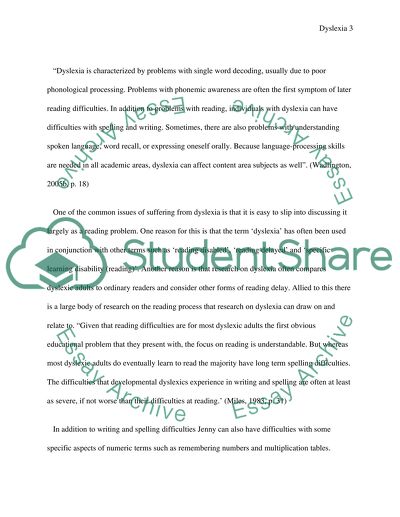Cite this document
(“Learning Difficulties Case Study Example | Topics and Well Written Essays - 2250 words”, n.d.)
Retrieved from https://studentshare.org/health-sciences-medicine/1531248-learning-difficulties
Retrieved from https://studentshare.org/health-sciences-medicine/1531248-learning-difficulties
(Learning Difficulties Case Study Example | Topics and Well Written Essays - 2250 Words)
https://studentshare.org/health-sciences-medicine/1531248-learning-difficulties.
https://studentshare.org/health-sciences-medicine/1531248-learning-difficulties.
“Learning Difficulties Case Study Example | Topics and Well Written Essays - 2250 Words”, n.d. https://studentshare.org/health-sciences-medicine/1531248-learning-difficulties.


